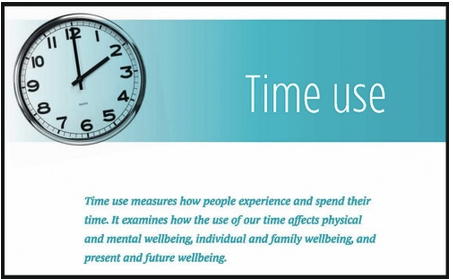What determines health?
Well, it depends upon how we define health. Back in the day, the World Health Organization defined health as simply the absence of disease. When defined in this way, we worked under the assumption that access to health care was the primary determinant of health or at least the prevention of disease. And then in the early 1980s, along came the Black Report.
The Report was the result of the mandate given to Sir Douglas Black to investigate the impact of approximately 40 years of the National Health Service (NHS) in Britain; that is, it sought to determine how much change, if any, was seen in reducing inequality of access as a result of the implementation of a national health insurance scheme. Policy makers, politicians, and health care professionals alike were all shocked to find out that not only was the inequality gap not closing, but it had gotten even wider! The conclusion of the Black Report was that the failure was not attributable to the NHS, but rather, to many other social inequalities influencing health: income, education, housing, diet, work conditions, and so on – things typically associated with poverty. So, we started to look at poverty as the primary determinant of health. However, the policy fix here is not so easy – redistribution of wealth? Always a tricky matter….

And then came Robert Putnam’s seminal work on social capital, entitled “Bowling Alone”1. The essence of this tipping point was: it didn't matter if you had universal access to care free of financial barriers; and it didn’t matter if you were rich or poor; what mattered was: were you embedded in a strong social support network within a supportive, trusting community? This newly emerging construct of social capital, defined theoretically by French sociologist Pierre Bourdieu2 and studied empirically by Putnam and a host of other social scientists, was a really tricky concept with respect to developing a potential policy response. Was the health care system supposed to make sure we all had friends and a supportive family/community in order to guarantee our health? How was that supposed to happen?
And then along came the Canadian Index of Wellbeing. When I started to review these data in the context of policy prescriptions coming through recent media reports, I began to realize that perhaps the most important determinant of health – the greatest barrier to achieving health and wellbeing in this day and age – was time.

Why? Well, the CIW tells us our commutes to work take longer and longer, we are less likely to take vacations than at any time in the past, we take part in fewer and fewer leisure activities, and we are feeling more “time crunched” than ever. All of these changes lead to impacts on both our physical as well as our emotional and mental health.
Furthermore, we are bombarded with prescriptions from policy makers – through the media – that we must exercise one hour per day, every day; we must stop eating outside the home to help reduce the risk of obesity – which means making sure we do meal planning, grocery shopping, and cooking at home every day; we spend more time with immediate family members to ensure the longevity of adult relationships and appropriate emotional development of offspring. I would love to do these things – if only I had the time!
Frankly no policy maker can give me back my most precious commodity – time – or can they?
Perhaps flexible work hours, telecommuting, job sharing opportunities, affordable licensed day care, and other work-life balance policies need to be incorporated into the social determinants of health. Glad our faculty’s CIW is leading the way on this research with time use as one of the eight areas of life identified as important to our wellbeing!
References
1 Putnam, R. (2000). Bowling alone: The collapse and revival of American community. New York: Simon & Schuster.
2 Bourdieu, P. (1986). The forms of capital. In J. Richardson (Ed.), Handbook of theory and research for the sociology of education (pp. 241-258). New York: Greenwood.